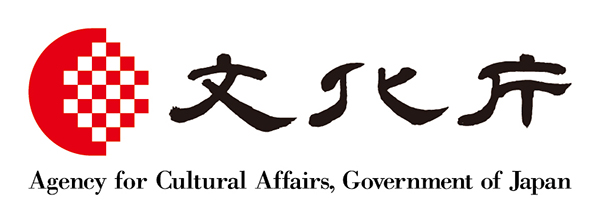Monogrammed Hyogo Kusari Ōdachi Sword with Gold Fittings


The mounting of this tachi sword, a type that became prominent in the Kamakura period (1185-1333) is comprised of a silver handle and scabbard covered entirely in gold-plate. The metal fittings, also gilt, give the mounting an overall golden shine. One of the most distinctive and unusual features of this sword is the kao (signature) inscribed twenty-four times in ink on the entire surface of not only the scabbard, but also the handle and tsuba (hand guard). Although this signature has not been conclusively identified, there is a theory that it was that of the Ashikaga shogunate, which is a theory that is supplemented by the hypothesis that the paulownia decoration found on the handle may have been a family crest. The sword is said to have been offered to the shrine by Ashikaga Yoshimitsu (1358-1408). The blade is a 94.0cm long Ōdachi type sword, and is attributed to Osafune Kanemitsu of Bizen Province (today’s Okayama). The chains with openwork (hyogo kusari) functioned to hang the sword from the waist. Such parts had earlier been made of linked chains but chains in the so-called “turnip-shape” were a Nanbokuchō period (1336-1392) style. It is a magnificent sword, typical of the Ōdachi type.
